Tarlant
Represented by Benoît Tarlant & Mélanie Tarlant
The Tarlant family traces their winegrowing history back to 1687, when Pierre Tarlant first cultivated grapevines in the Marne Valley. In 1928, Louis Adrien Tarlant produced the family’s first estate-bottled Champagne, and since then there have been four successive generations of Tarlants producing wine at their estate in the village of Oeuilly. Today the estate is in the hands of siblings Benoît & Mélanie Tarlant.
The estate’s vineyards are spread over 40 different parcels in four villages, and are composed of roughly 50 percent Pinot Noir, 30 percent Chardonnay and 19 percent Meunier, along with a tiny portion of Arbanne, Petit Meslier and Pinot Blanc. The soils in this area west of Epernay are very diverse: close to the river they can be very sandy, sometimes containing a number of fossils, while up the hill there is chalk that ranges from the crumbly and friable to the very hard. There are Sparnacien soils composed of a mixture of chalk and clay, which are best suited to Pinot Noir, and there is even some silex in various places.
Viticulture is conducted with respect for the environment firmly in mind, and no chemical pesticides or fertilizers are used. Benoît’s father Jean-Mary has been working with cover crops since 1996, although in these diverse terroirs each parcel must be considered individually. Benoît is constantly seeking ways to improve and refine his viticultural methods, in the belief that better grapes simply produce better wine. “The future evolution [of champagne] will be here in the vineyards,” he says.
Each parcel is pressed and vinified separately, and about half of Tarlant’s production is barrel-fermented, in Vosges barriques of medium toast from Claude Gillet in St-Romain. Tarlant always buys new barrels to ensure that there is no malolactic bacteria present, as he strictly avoids the malolactic in all of his wines. In addition, only the older vines are vinified in barrel, as Tarlant feels that the young vines often don’t have enough structure and depth to stand up to the oak. “Wood is something that must open the wine and give it complexity, but not dominate it,” he says. While the wine in barrel is often fermented with indigenous yeasts, this is flexible according to the individual wine, and it is largely dependent on the sanitary conditions of the vintage. “I am not against natural yeasts,” says Tarlant, “but sometimes after the débourbage, you can see that they’re not the best.” As with much of the practices here, there is no recipe: Tarlant seeks to adapt to the conditions of each wine and each vintage in an effort to produce the highest quality possible.
Information courtesy of Peter Liem's ChampagneGuide.net ©

